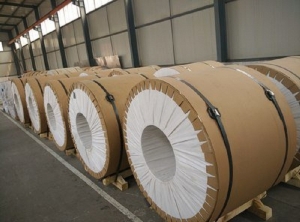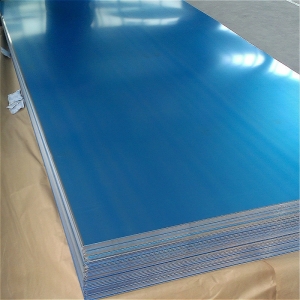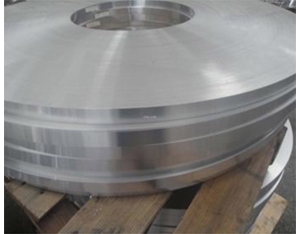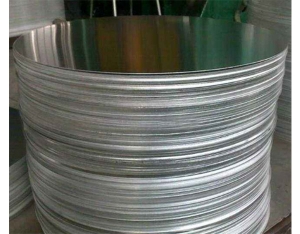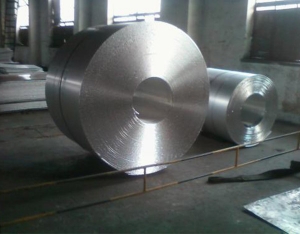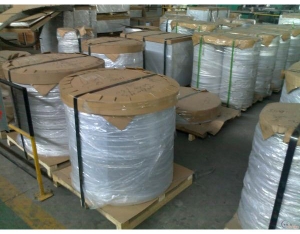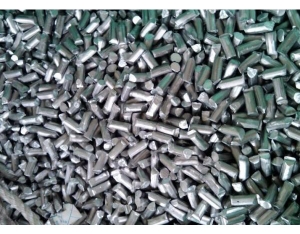0.6mm aluminum coil
Category:Aluminum coil
- Number of clicks:
- Release date:March 27, 2019
- Online inquiry
Silicon has a corrosive effect on hard alloys. Although aluminum alloys with over 12% Si are generally referred to as high silicon aluminum alloys and diamond cutting tools are recommended, this is not absolute, as the increasing silicon content gradually increases the destructive power of the cutting tools. Therefore, some manufacturers recommend using diamond cutting tools when the silicon content exceeds 8%.
Aluminum alloys with a silicon content between 8% and 12% are a transitional zone, and can use either ordinary hard alloys or diamond cutting tools. However, when using hard alloys, tools that have undergone PVD (physical coating) method, do not contain aluminum elements, and have a smaller film thickness should be used. Because the PVD method and small film thickness make it possible for the tool to maintain a sharp cutting edge (otherwise, to avoid abnormal growth of the film layer at the edge, sufficient passivation of the edge is required, and the cutting aluminum alloy will not be sharp enough), and the film material containing aluminum may cause the blade film layer to have an affinity with the workpiece material, damaging the bonding between the film layer and the tool substrate. Because the superhard coating is mostly composed of compounds of aluminum, nitrogen, and titanium, it may cause edge breakage due to a small amount of peeling off of the hard alloy substrate as the film layer peels off.
It is recommended to use one of the following three types of tools:
1. Uncoated ultrafine particle hard alloy cutting tools
2. Hard alloy cutting tools with non aluminum coating (PVD) method, such as TiN, TiC plating, etc
3. Use diamond cutting tools
The chip holding space of the cutting tool should be large, and it is generally recommended to use 2 teeth. The front and back angles should be large (such as 12 ° -14 °, including the back angle of the end teeth).
If it is only a general milling surface, an indexable surface milling cutter with a 45 ° main deviation angle and a blade specifically designed for processing aluminum alloy can be used, which should achieve better results.
Aluminum oxide was converted into aluminum through electrolysis in the laboratory in 1808 and has been used as a building material on the spire of the Washington Monument since 1884; Aluminum alloy materials synthesized by adding various metal elements to aluminum have been widely used in various aspects of the construction industry. The thickness of commonly used aluminum alloy sheets: For advanced metal roof (and curtain wall) systems, it is generally 0.8-1.2mm (while for traditional systems, it is generally ≥ 2.5mm)

This article's website:/product/565.html
Keywords:Aluminum coil manufacturer Nejiaqiang,How much is the price of aluminum coil,Aluminum plate manufacturer service provider
Related products:
Related news:
- How to handle the surface of the aluminum coil without damaging it
- Aluminum roll - Your beauty is determined by it
- The performance of aluminum coils is not small
- What causes the bending problem in aluminum coil cooling
- The use of aluminum coils in construction
- Calculation of aluminum plate weight
- How to solve the problems that occur when connecting PE pipes
- How can anti-corrosion measures be taken for aluminum coils
- The Development Trend of Aluminum Roll
- Cleaning is crucial for aluminum coil equipment


